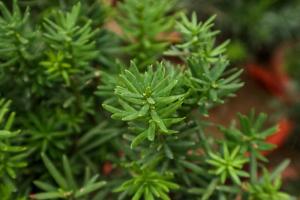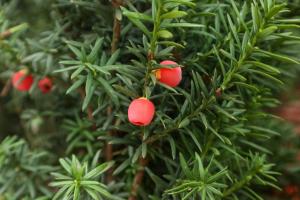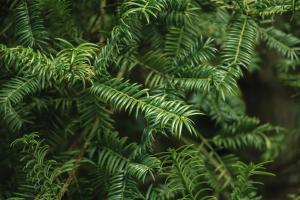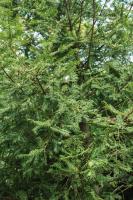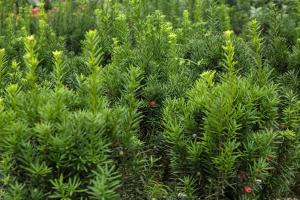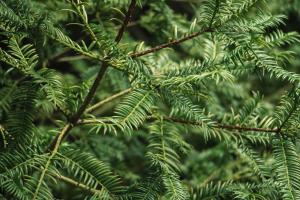Differences in efficacy
Taxus chinensis
Taxus chinensis has many effects, but most of them focus on health care. Taxus chinensis var. mairei can treat kidney diseases, and diabetes, remove edema, urination, gonorrhea and so on. It can also treat women's irregular menstruation, postpartum blood stasis, dysmenorrhea and so on. p>
Yew in Northeast China
The main effect is to repair the body tissue damaged by cancer

Differences in growth environment
Taxus chinensis
It mainly grows in the warm temperate zone and subtropical climate. It likes a cool and humid environment and often grows in the cool and humid environment at the foot of the mountain. Taxus chinensis has a strong ability to adapt to the climate. The growth temperature is about 10 ° C to 15 ° C, and the lowest temperature it can adapt to is about 10 ° C below zero. Taxus chinensis has high requirements for soil and likes acidic and slightly acidic soil, such as yellow soil and yellow brown soil
Taxus cuspidata
I like a cool, humid and fertile environment, but Taxus chinensis has low requirements for soil and can basically adapt to it. The low temperature resistance of Taxus chinensis is amazing, and the lowest temperature that can survive has reached about minus 40 ℃. Taxus chinensis is resistant to low temperature but not high temperature. When the growth temperature reaches about 30 ℃, the growth will slow down or even stagnate


 jackfruit
jackfruit snake plant
snake plant hibiscus
hibiscus hydrangea
hydrangea lavender
lavender Green roses climb al...
Green roses climb al... If you don't pay att...
If you don't pay att... Management of four g...
Management of four g...